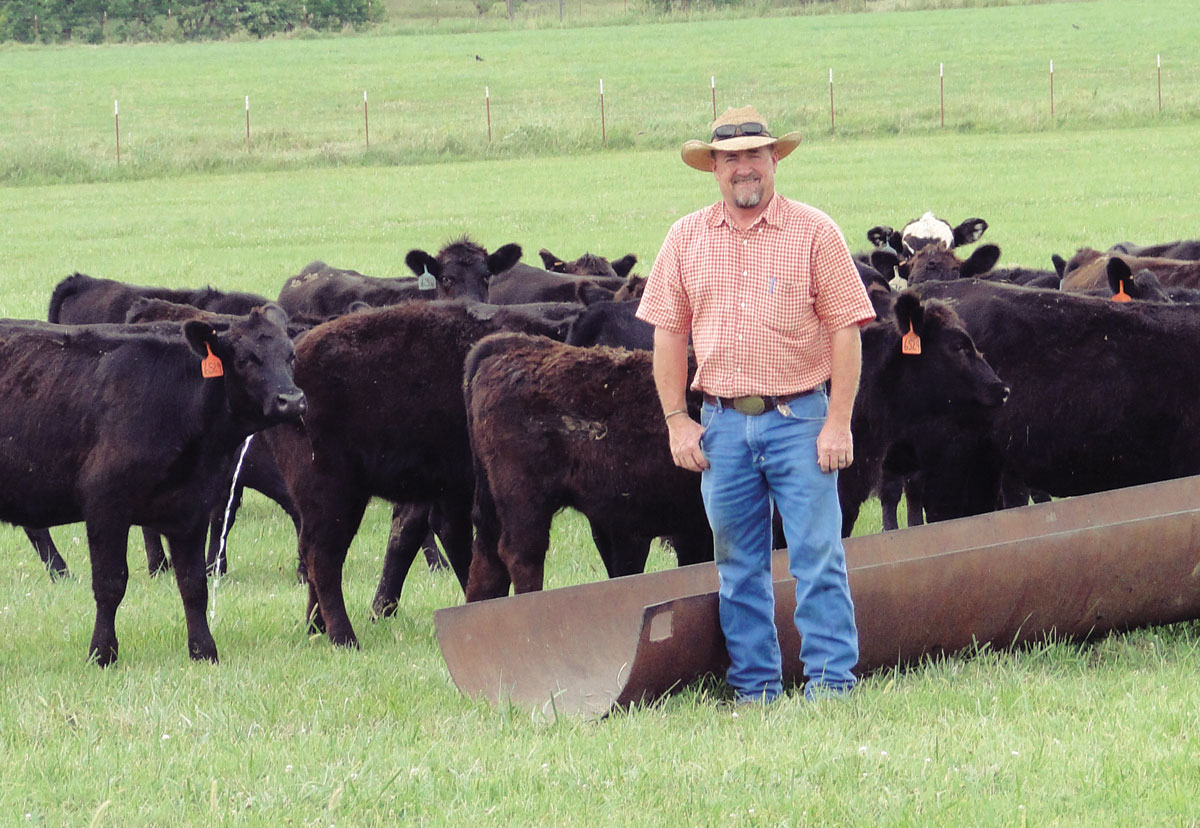With spring calving season in full swing, it’s important to note some specific tips for success from the experts. Compiled are the top five topics of concern from University of Missouri Extension Livestock Specialists Eldon Cole, of Mt. Vernon, Mo.; Dona Goede, of Stockton, Mo.; and Lance Kirkpatrick, a University of Arkansas extension agent in Logan County, Ark.
1 Close Observation – “Check pregnant cows regularly, especially if first-calf heifers are calving. A lot can go wrong in a couple of hours,” explained Eldon, “Provide assistance to a heifer if an hour has passed after the appearance of the feet or water bag without progress.” Lance noted that, “Several research studies indicate that beef herds fed at dusk or thereafter will have a higher percent of calves born in the daylight. Supervision is critical during calving season and it is much easier to work in the daylight vs. artificial light.”
2 Care After Delivery – “Providing a healthy post-calving area for newborns is important,” said Eldon. “The best place for a calf that’s up and nursing is outside but the worst place for a newborn is around a muddy hay bale feeder. Keep new mommas and babies in a small group after calving as it’s easier to check them for problems. Try to keep a well-bedded, dry place for calves to get away from the older animals – the older ones may thrive but can give diseases to the babies.”
3 Continue Close Observation – Eldon noted, “Scours or diarrhea can hit calves anytime in the first weeks of age so be prepared to treat calves early and isolate them to reduce the risk of spreading the ‘bug’. Watch your own travel patterns so you’re not spreading the disease from one pasture to the next.”
4 Cow Nutrition – All experts agreed: Nutrition is crucial. Dona said, “Weight loss before or during the calving season significantly decreases the conception rates during the breeding season. Feed the females enough energy that they will maintain their weight. Don’t worry about the protein level you are feeding. Be concerned about how much energy the cows are getting.” Lance agreed, “It has been a difficult winter for livestock in our area. Often hay quality was lower and these things have created a nutritional challenge to beef herds across the state. Ideal body condition score (BCS) should be in the area of 5 to 6. Research shows that conception rates decline as much as 25 percent when BCS falls below 5. More focus should be placed on energy and less on proteins.”
5 Keep records. – “Record keeping can help make culling decisions easy. Keep track of when cows calved, the size of the calf and how quickly the calf was able to stand and nurse. Females with poor udder confirmation or bad dispositions should be noted so they can be culled after the calf is weaned,” commented Dona.






